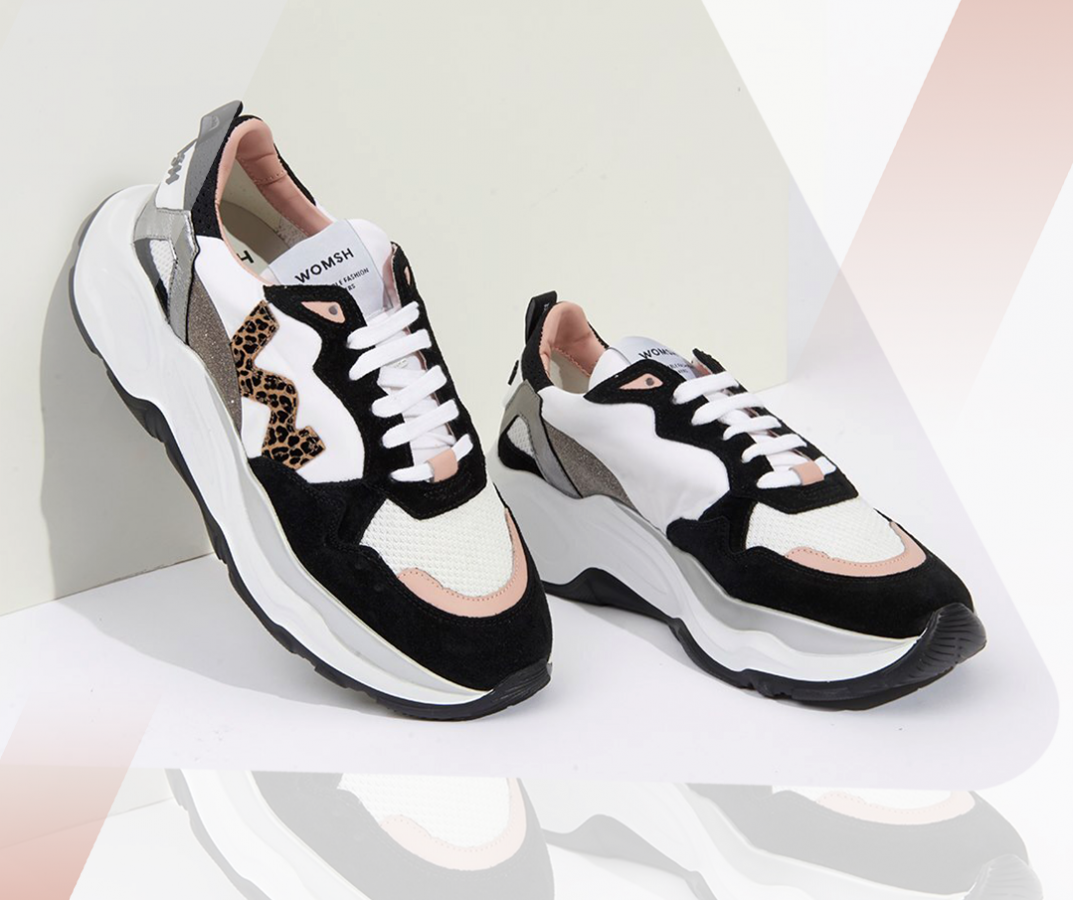Table of Contents
The sustainable sneakers are the new frontier of fashion “committed” to environmental protection. In fact, in the world, while institutions promote sustainable policies, society begins to respond by opting for purchases more and more “aware” out of respect for the planet. Fashion is one of those sectors in which sustainability is becoming a requirement of choice in the eyes of consumers.
But, who can give up sneakers in the name of environmental protection? Few. There are, however, valid alternatives that combine eco-friendly materials with the trendy product.
The production of shoes: a sector with a high environmental impact
Often there is no reflection, but behind the world production of shoes there is a large-scale process with a high environmental impact. A trivial example, which gives a good idea of this, is the fact that producing a single pair of shoes corresponds to composing many pieces.
This can lead to ahuge amount of Co2 released into the air, use of polluting materials such as Skin, as well as precarious working conditions especially in some areas of the planet.
Furthermore, a product resulting from the composition of so many elements is difficult, indeed impossible, to dispose of. As mentioned, the material that makes up most of the sneakers is leather which ranks among the primary causes of global warming. In the leather processing process, the counce occurs through chromium which is a highly toxic substance.
Furthermore, many tanneries around the world lack adequate waste treatment systems. From an ever-increasing sensitivity to the impact of man’s choices on the planet, fashion also changes course. In fact, there are several models of sneakers result of innovative ideas and produced with eco-friendly materials.

Sustainable-sneakers: utopia or reality?
The consumer who chooses to buy sneakers consciously searches for those in the product certifications that guarantee respect for the planet. There are several brands in the international market that have invested in a sustainable frontier of their supply chain. As for shoes, but not only, some for example certify that they have dyed the leather with dyes derived from natural materials. This, although expensive for manufacturers, proves to be a positive counter-trend to the immeasurable use of chromium.
A popular brand that has decided to invest in sustainability by producing vegan sneakers is Piñatex. The name derives from a material, Piñatex precisely, obtained from pineapple. Piñatex is a textile that is obtained from the long fibers of the leaves which have their own resistance but at the same time are flexible to processing. The idea is of Carmen Hijosa Spanish entrepreneur who later founded the Ananas Anam company in Great Britain and works with farmers in the Philippines. Like the Piñatex, made from pineapple leaves, there is theApple Skin used by the Italian brand Womsh for his vegan shoes. Apple Skin is an eco-leather created for 50% from apple fibers (obtained from organic industrial waste), and for the remaining 50% from polyurethane.












